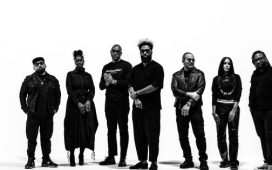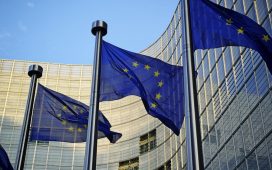Stop leaving money on the table and tap into diverse thinking
If your brainstorming sessions look like a casting call for a 1950s sitcom, you’re doing it wrong. Diversity isn’t a trend; it’s the world we live in. At the heart of these recurring marketing blunders is a glaring absence of diverse voices. How does a brand as culturally ubiquitous as Heinz overlook such glaring insensitivities?
The answer lies in the homogeneity of those decision-making rooms. Without varied perspectives, ads are released into the world, only to be retracted amid justified public outcry. To effectively engage with multicultural markets, you need the richness of diverse life experiences.
Check yourself!
Diversity in creative teams is crucial, but it’s not enough. Even with diverse teams, unconscious biases can creep in. Integrate mandatory “cultural sensitivity checks” into every stage of the creative process. This means establishing review systems that rigorously assess whether content aligns with the cultural intricacies it seeks to depict. Disney’s establishment of a cultural consultants team serves as a commendable example.
Develop an internal checklist or audit tool, informed by data compiled from the communities your brands seek to engage. This goes beyond simple representation and delves into questions of power dynamics, historical context, and potential exploitation of cultural elements. It provides a structured framework for critical self-reflection, forcing teams to confront uncomfortable questions and justify their creative choices with a deeper understanding of cultural impact.
ERGs have ‘resource’ in the name
Employee resource groups (ERGs) should be leveraged not merely for cultural events but as integral participants in the creative process. They bring invaluable insight into community representation.
Instead of pitching a creative concept to a homogenous team, flip the script. Have members of your company’s ERGs (representing the cultures depicted in the ad) “pitch back” their interpretation of the concept. This provides immediate feedback on potential blind spots and unintended interpretations. It shifts the power dynamic, giving voice to those often spoken for, and forces the creative team to truly listen.
Keep it real
Authenticity is paramount. Not every brand needs to jump on every cultural bandwagon. Sometimes the most authentic thing you can do is be humble and sit down.
Brands must align their creative endeavors with their core values, ensuring that they contribute meaningfully to cultural dialogues. This involves introspection and a genuine assessment of whether their products truly serve the communities they wish to engage. Consumers, especially Gen Z and millennials, demand authenticity and social responsibility. Before trying to capitalize on the latest social justice movement, ask yourself: Do our core values align with this? Have we earned this community’s trust? Is this genuine or a money grab?
Know your lane.











